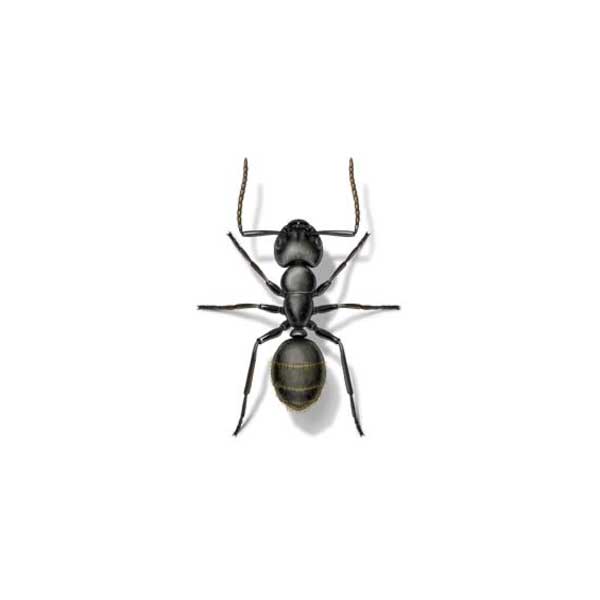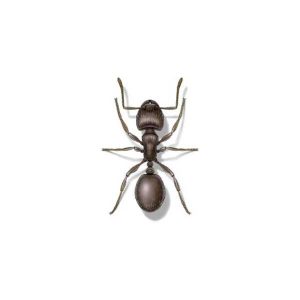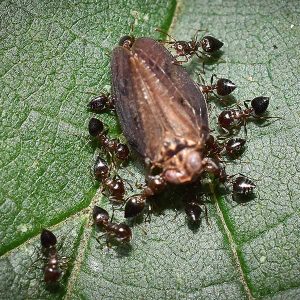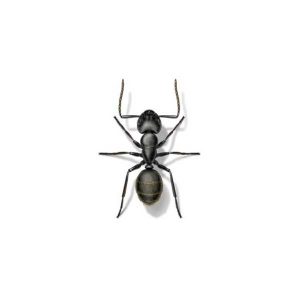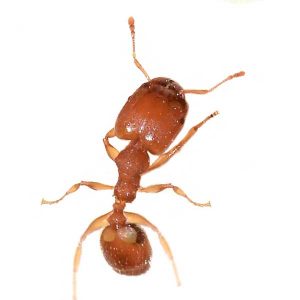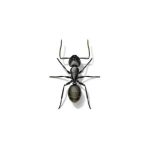Carpenter Ants in Central Florida
Carpenter ants are wood-destroying pests and can be confused with termites. In Florida, carpenter ants tunnel through wood beams and can make their way throughout entire homes and buildings. Carpenter ants prefer to nest and hollow out water-damaged wood. Unlike termites, carpenter ants do not eat and digest wood. Instead, the ants burrow through and nest in wood, creating cavities to raise their young. Carpenter ants can seriously damage wood, reducing solid structures to hollow shells. If you spot small sawdust piles at ground level or on window sills, you may have a carpenter ant infestation.
Carpenter Ant Habitat
Outdoors, carpenter ants prefer to live in damp, decaying wood. Rotting tree stumps, wood fencing, and firewood piles are all popular habitats. Indoors, carpenter ants infest building materials such as wood or foam insulation. In homes, carpenter ants will inhabit any natural hollow, like those found in hollow doors or window frames. Although they would rather be outdoors, carpenter ants will make their way inside homes through gaps in foundations. Workers will also climb through crevices and cracks near plumbing or electrical openings to gain access to a home.
Carpenter Ant Behaviors, Threats, or Dangers
Carpenter ants rarely bite and are not generally thought of as dangerous. The real threat carpenter ants present is their capacity to damage and weaken the structural integrity of homes and structures. Colonies can reach tremendous numbers and over time, nests will splinter off and form new colonies. Carpenter ants swarm in order to mate and establish new colonies. Seeing flying ants in your home is a sure sign of an infestation. While carpenter ants are not as alarming as termites, they can cause serious damage to your home. If a carpenter ant infestation is suspected, it is best to contact a professional ant exterminator.
Need help with Carpenter Ant control?
We'll call you! Leave your information below.

